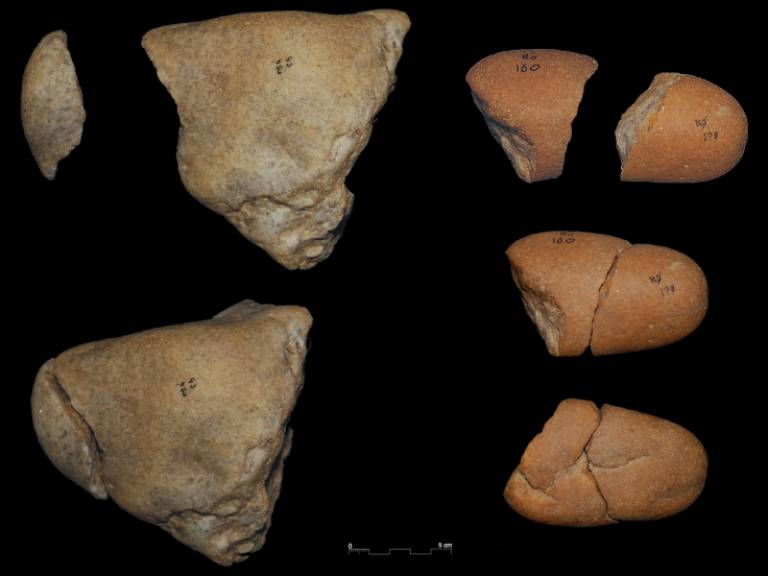Bipolar-on-anvil stone tool manufacturing technique should not be considered opportunistic
26 February 2016
The lithic assemblage of the Pont-de-Lavaud site (Indre, France) shows a technical choice within the Lower Pleistocene European Mode 1 sites, which is defined by the widespread use of the bipolar-on-anvil knapping technique.

Although it is traditionally considered an expedient percussion method, in this lithic assemblage a selective technical behavior regarding the reduction methods and raw material is identified. In this respect, different knapping methods are applied in accordance with a combination of the percussion axis and the recurrence of the reduction series. These features are also observed in the archaeological record from other Lower and Middle Pleistocene sites, which are discussed in the text. The role of this knapping technique in the hominin technology is, in our opinion, greater than previously believed. Its implementation cannot be considered as proof of opportunistic or expedient activities. The bipolar-on-anvil technique is applied in different contexts, on different raw materials and as a technical choice or gesture in the reduction sequences. Because of its low technical requirements, it can be considered as a successful technological strategy for overcoming raw material constraints for producing some specific types of pieces. Its ubiquitous presence, both from a diachronic and geographical point of view, is proof of its considerable technical versatility and, hence, of Mode 1 hominin technological flexibility and capabilities.
Arturo de Lombera-Hermida, Xose Pedro Rodríguez-Álvarez, Luna Peña, Robert Sala-Ramos, Jackie Despriée, Marie-Hélène Moncel, Gilles Gourcimault, Pierre Voinchet, Christophe Falguères
Journal: Journal of Anthropological Archaeology
 Close
Close

